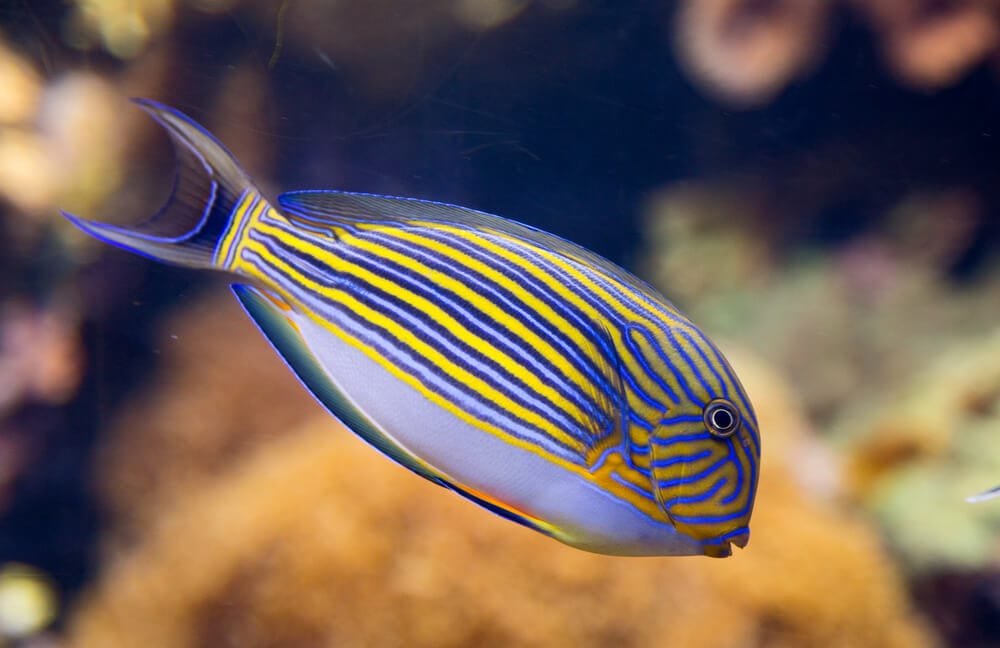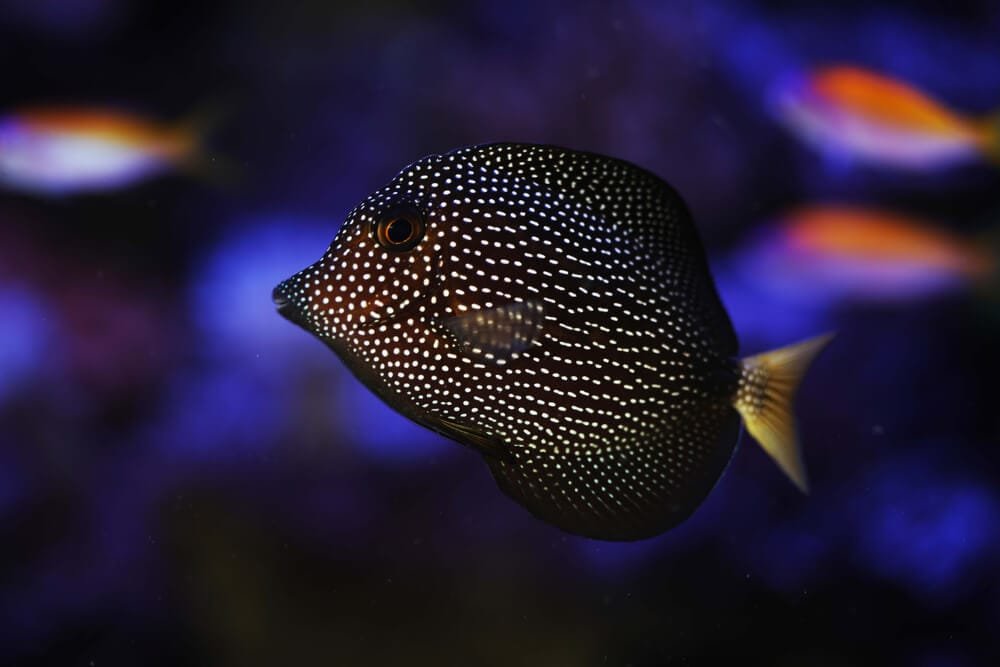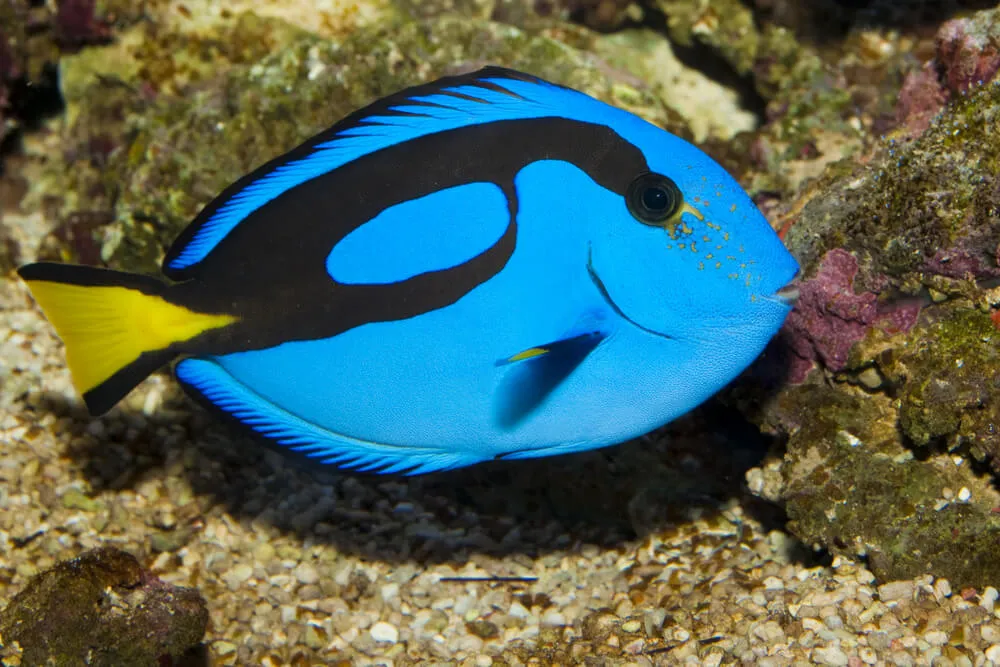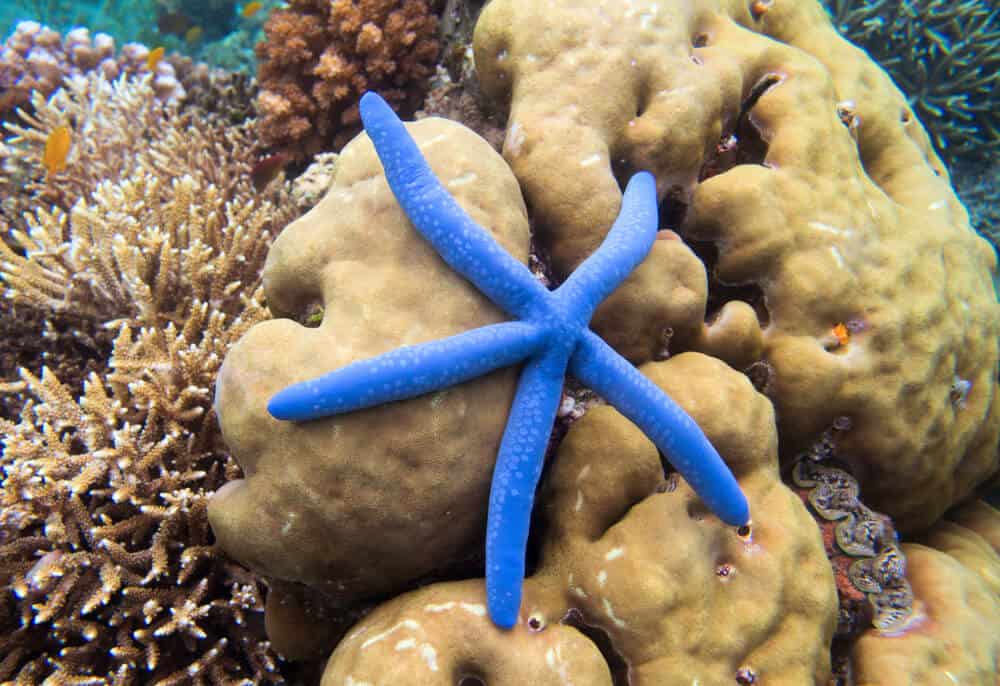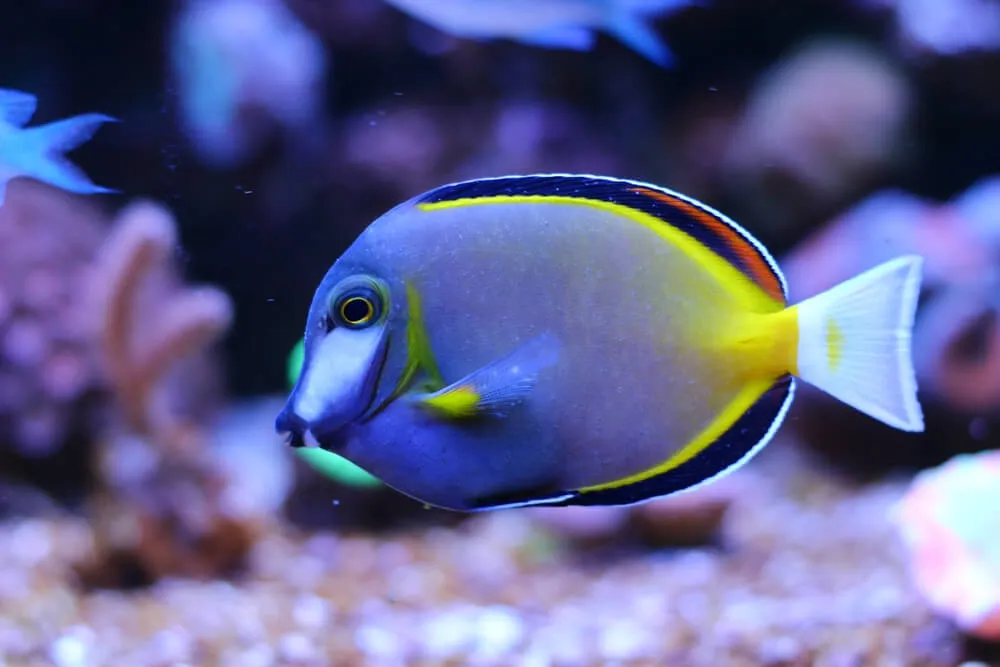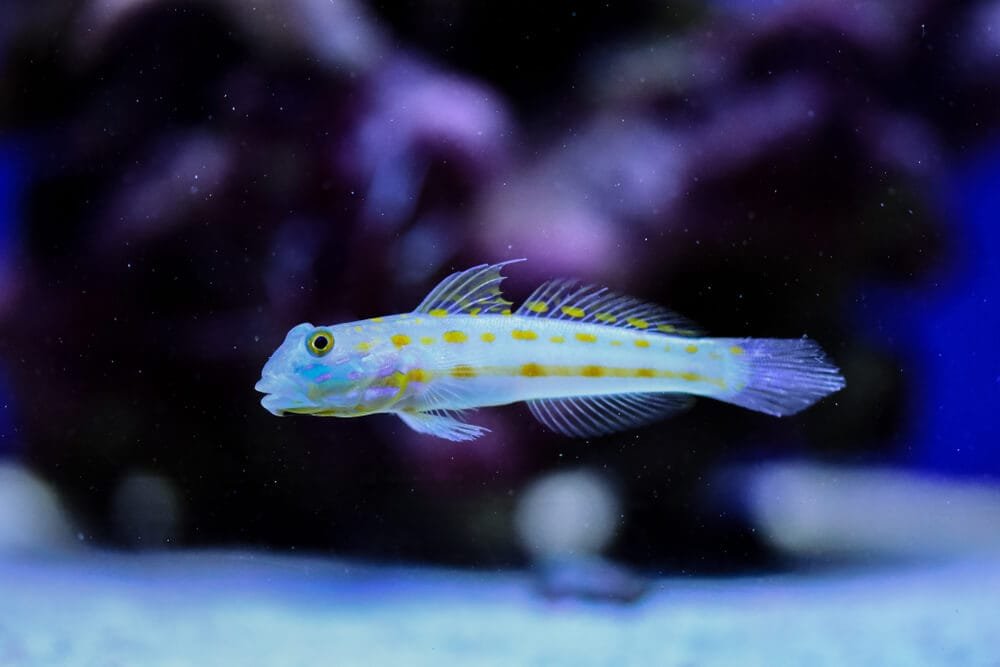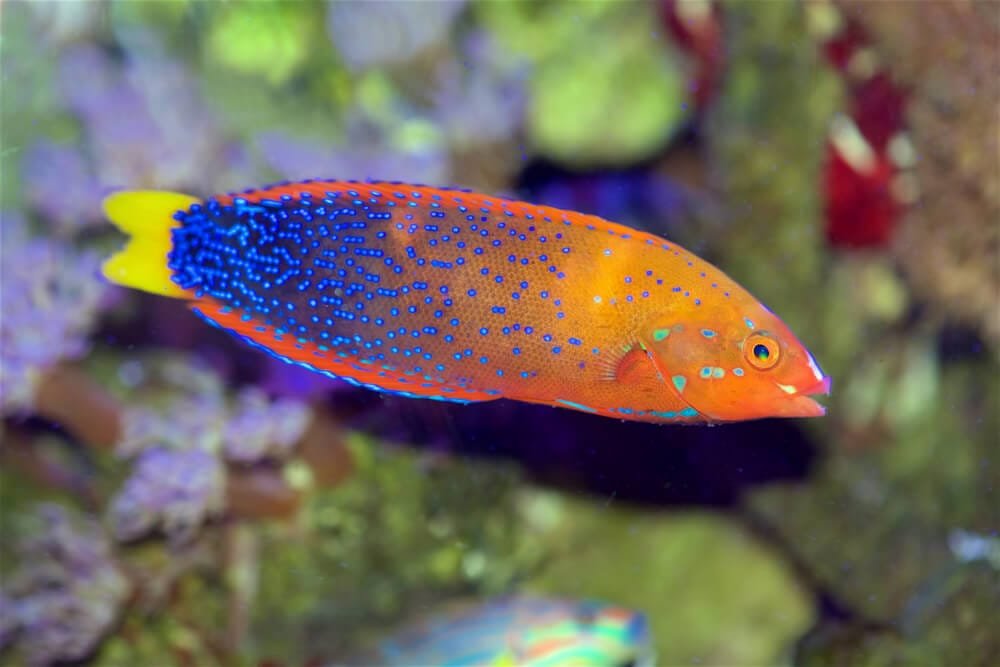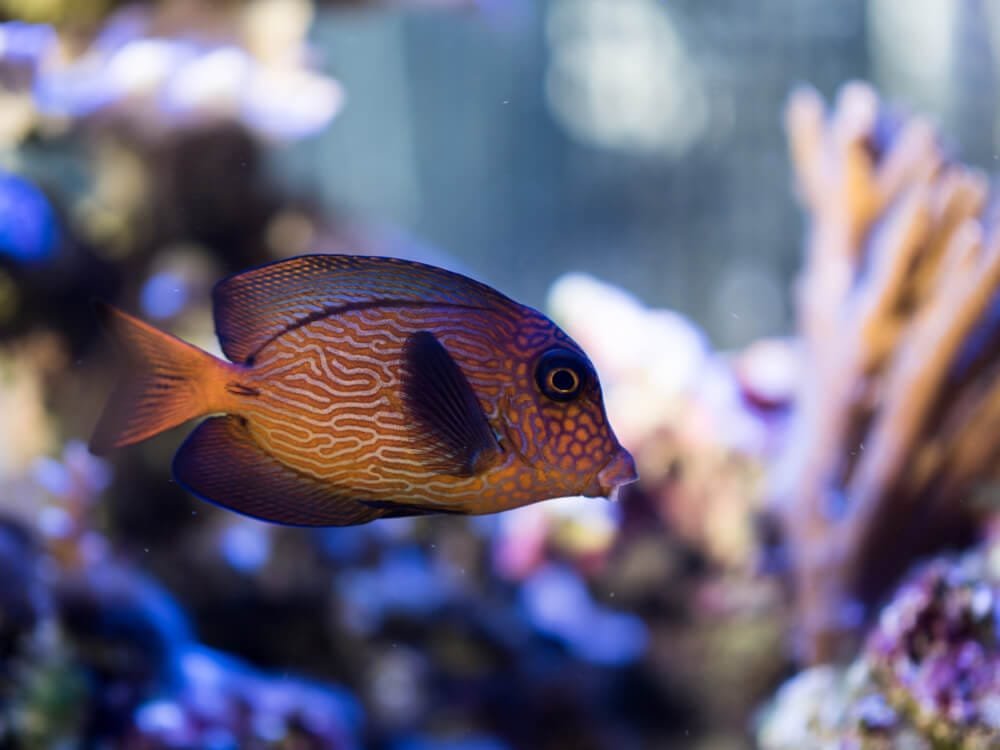Bicolor Angel Fish: Care Tips and Tank Setup
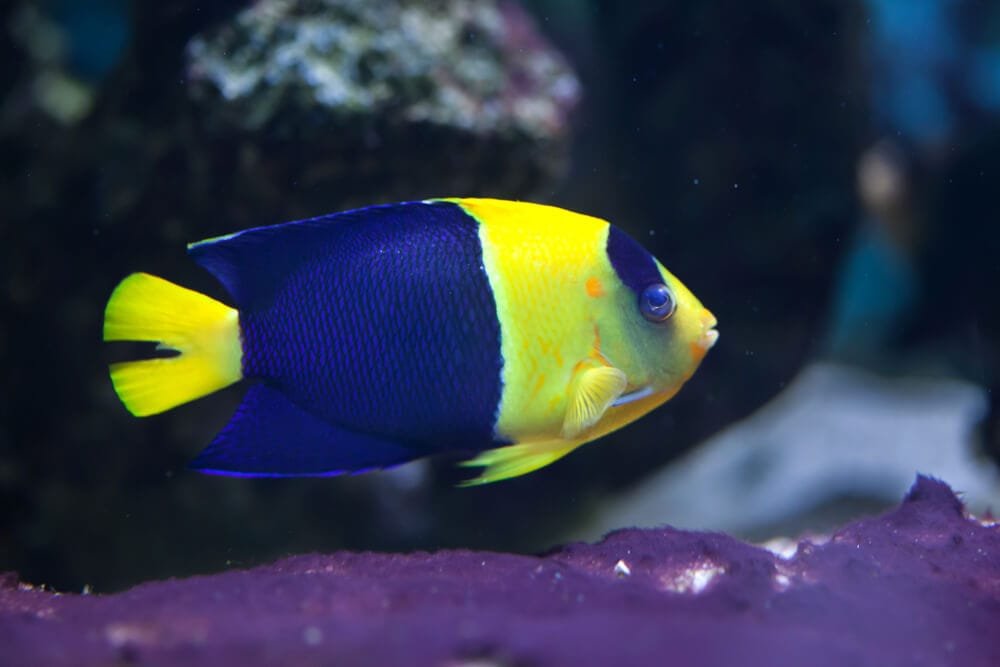
Get ready to meet the stunning Bicolor Angel, a fish that is bound to captivate you with its striking colors and unique personality. With its vibrant orange body and striking black vertical bars, the Bicolor Angel is a true showstopper in any aquarium. This tropical beauty will quickly become the centerpiece of your tank, mesmerizing you with its graceful movements and friendly nature. Discover the fascinating world of the Bicolor Angel and prepare to be enchanted by its beauty and charm.
1. Description
Appearance
The Bicolor Angel, also known as the Centropyge bicolor, is a stunning saltwater fish that can be a vibrant addition to your aquarium. With its eye-catching coloration and unique pattern, this fish is sure to catch the attention of anyone who sees it. The Bicolor Angel has a deep blue body with a striking bright yellow rear half, which gives it its distinct bicolor appearance. Its fins are outlined in a beautiful shade of blue, adding to its overall allure. This fish typically reaches a size of around four inches, making it a suitable choice for both smaller and larger aquariums.
Behavior
The Bicolor Angel is known for its peaceful and relatively docile behavior, making it a great addition to a community tank. It is generally not aggressive towards other fish and can coexist with a variety of tankmates. However, it is important to note that some individual Bicolor Angels may display territorial behavior, especially if they feel their space is being invaded. Therefore, it is essential to provide ample hiding spots and plenty of space for each fish in the tank to minimize any potential aggression.
2. Habitat
Natural Range
The Bicolor Angel is native to the Indo-Pacific region, specifically found in the waters from the Maldives to northern Australia. It is commonly found in coral reefs, at depths ranging from 10 to 40 meters. In the wild, the Bicolor Angel feeds on sponges, algae, and other small invertebrates found in the coral reef ecosystem.
Captive Environment
When recreating the Bicolor Angel’s natural habitat in a captive environment, it is crucial to provide a well-maintained saltwater aquarium with plenty of live rock and reef structures. These fish thrive in an environment with moderate lighting and strong water movement, simulating the conditions found in their natural coral reef habitats. Additionally, ensuring stable water parameters is essential for the health and well-being of the Bicolor Angel.
3. Care
Tank Size
To provide a comfortable living space for a Bicolor Angel, it is recommended to have an aquarium with a minimum capacity of 50 gallons. However, larger tanks are always better as they offer more swimming space and contribute to a more stable and healthy environment for the fish.
Water Parameters
Maintaining proper water parameters is crucial for the overall well-being of the Bicolor Angel. The ideal temperature range for the aquarium should be kept between 72-78°F (22-26°C). The pH level should be maintained at around 8.1-8.4, and the salinity should be maintained at a specific gravity of about 1.021-1.025. Regular water testing, along with consistent water changes, can help ensure a stable and healthy environment for this species.
Diet
In the wild, Bicolor Angels primarily feed on a variety of sponges and algae. It is important to replicate their natural diet as closely as possible in a captive setting. Offering a varied diet that includes high-quality marine flakes, pellets, frozen or live food such as mysis shrimp, brine shrimp, and finely chopped seafood will help keep them healthy and vibrant. Additionally, offering occasional servings of marine algae or seaweed sheets will satisfy their grazing instincts.
Compatibility
Bicolor Angels are generally peaceful and can be kept with a variety of tankmates. They are known to coexist well with other peaceful fish species, such as clownfish, gobies, and wrasses. However, caution should be exercised when introducing them to smaller or more docile fish, as individual Bicolor Angels may display some territorial behavior. It is important to monitor the interactions between tankmates to ensure the well-being of all the fish in the aquarium.
Tank Setup
To create an ideal tank setup for the Bicolor Angel, it is recommended to provide plenty of live rock structures to mimic their natural environment. These structures not only serve as hiding places but also promote the growth of beneficial microorganisms that aid in the fish’s overall well-being. Additionally, incorporating a variety of coral species and placing them strategically throughout the aquarium will provide the fish with natural grazing opportunities. The Bicolor Angel appreciates moderate lighting and strong water movement, so ensuring appropriate lighting fixtures and a quality water circulation system is crucial.
4. Breeding
Pairing
Breeding the Bicolor Angel in a home aquarium can be a challenging endeavor, as this species is not easily bred in captivity. Finding a compatible pair can be difficult, as it often involves acquiring multiple individuals and allowing them to form a natural pair bond. It is best to introduce a group of juvenile Bicolor Angels to an adequately sized aquarium and observe their interactions and pairing preferences over time.
Spawning
When a compatible pair forms, the Bicolor Angel will usually display courtship behaviors, such as circling each other and extending their fins. If conditions are favorable, the pair may eventually spawn. However, the exact triggers for spawning in a captive environment are not yet fully understood. It is important to provide a well-maintained and stable environment with optimal water conditions to maximize the chances of successful spawning.
Rearing Fry
Rearing the fry of Bicolor Angels can be a complicated process that requires careful attention to detail. The eggs are typically orange in color and attached to a rocky surface or within crevices. After hatching, the fry are very tiny and must be fed with appropriate live foods, such as rotifers and copepods, until they are large enough to consume larger food particles. Proper filtration and frequent water changes are essential during the early stages to ensure optimal water quality for the developing fry.
5. Potential Issues
Aggression
While Bicolor Angels are generally peaceful, individual fish may exhibit territorial behavior, especially when establishing their territory or during courtship rituals. It is important to monitor the tank closely and provide ample hiding spots and territory boundaries to prevent any aggression. Additionally, it is recommended to avoid keeping two males in the same tank, as this can lead to intense aggression and fighting.
Disease
Like any other fish, Bicolor Angels are susceptible to various diseases and infections. It is important to closely monitor their behavior, appetite, and overall appearance, as any abnormal signs could indicate an underlying health issue. Maintaining excellent water quality, providing a balanced diet, and quarantining new additions to the tank can help minimize the risk of disease. If any health concerns arise, it is best to consult with an experienced aquatic veterinarian or a knowledgeable aquarium professional for proper diagnosis and treatment options.
Conclusion
The Bicolor Angel is a visually striking fish that can add vibrancy and beauty to any saltwater aquarium. With proper care, attention to water quality, and a balanced diet, this species can thrive and become the centerpiece of your aquatic display. Remember to provide ample space, suitable tankmates, and an environment that closely mimics their natural habitat to ensure their long-term health and happiness. By following these guidelines and being attentive to their needs, the Bicolor Angel will reward you with its stunning colors and peaceful nature for years to come.
